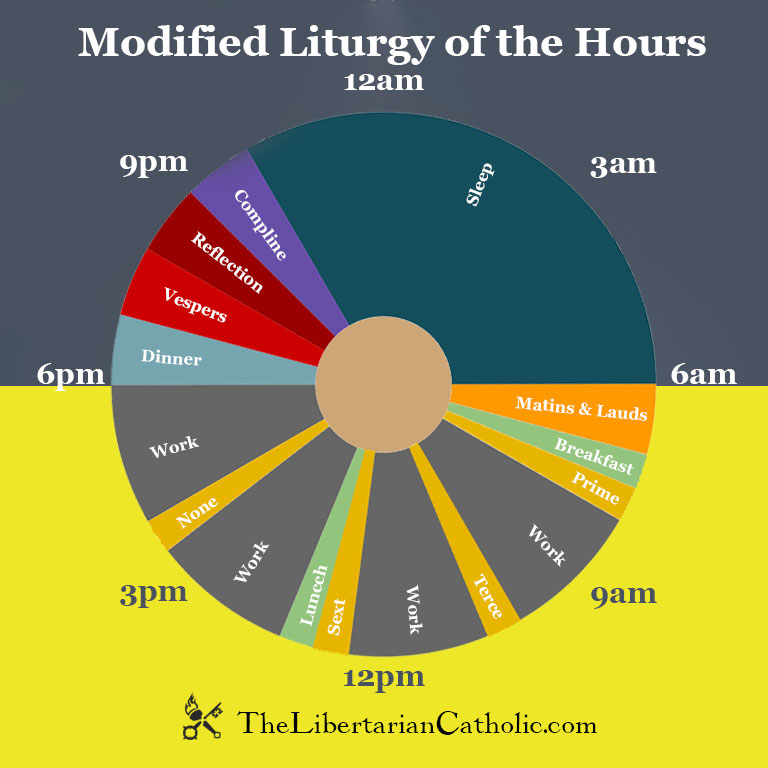The Liturgy of the Hours, also known as the Divine Office, stands as a profound tapestry woven through the daily lives of the faithful. This ancient practice traces its roots back to Jewish tradition, where the recitation of psalms and prayers punctuated each day. Adopted by Christians early on, the Liturgy of the Hours has become a spiritual rhythm, shaping the day and sanctifying time.
A Symphony of Prayer: Structure of the Liturgy of the Hours
At its core, the Liturgy of the Hours is a structured system of prayer observed at set intervals throughout the day. The day is divided into distinct “hours,” creating a rhythm of prayer. The major hours include Morning Prayer (Lauds), Midmorning Prayer (Terce), Midday Prayer (Sext), Midafternoon Prayer (None), Evening Prayer (Vespers), and Night Prayer (Compline).
Each “hour” typically includes psalms, readings, hymns, and intercessory prayers. These elements weave together to form a rich and contemplative prayer experience. The psalms, in particular, are a heartbeat of the Liturgy of the Hours, capturing the myriad dimensions of spiritual life.
Participation in the Universal Church: Communal and Individual Prayer
One remarkable aspect of the Liturgy of the Hours is its universal character. Embraced by religious orders, clergy, and laypeople worldwide, it unites the Church in a global symphony of prayer. While priests and religious often commit to the full cycle of hours, laypeople might choose specific hours that align with their daily routines.
This communal aspect links each participant to a broader spiritual fellowship. As one prays the Liturgy of the Hours, they join a timeless chorus of believers, echoing the sentiments of psalmists and saints through the ages.
Sanctifying Time: The Divine Office in Daily Life
In a world often consumed by the relentless ticking of the clock, the Liturgy of the Hours sanctifies time itself. By pausing to pray at different intervals, individuals are reminded that time is a gift meant to be consecrated, not merely measured. This practice transforms the mundane into the sacred, infusing daily life with moments of reflection and connection with the divine.
Adaptability and Accessibility: The Liturgy for All
While traditionally associated with clergy and religious, the Liturgy of the Hours has become increasingly accessible to the laity. Various publications, apps, and online resources offer simplified versions or guides for those new to this form of prayer. This adaptability ensures that individuals from all walks of life can incorporate this rich tradition into their spiritual journey.
Conclusion: Embracing the Divine Rhythm
In the cadence of the Liturgy of the Hours, believers find not only a structured prayer routine but a pathway to deep spiritual connection. It is an ancient melody that, when embraced, transforms the daily routine into a sacred pilgrimage. As the faithful raise their voices in prayer, they join a celestial chorus that transcends time, echoing through the corridors of both earthly and heavenly realms.
 The Libertarian Catholic
The Libertarian Catholic
















